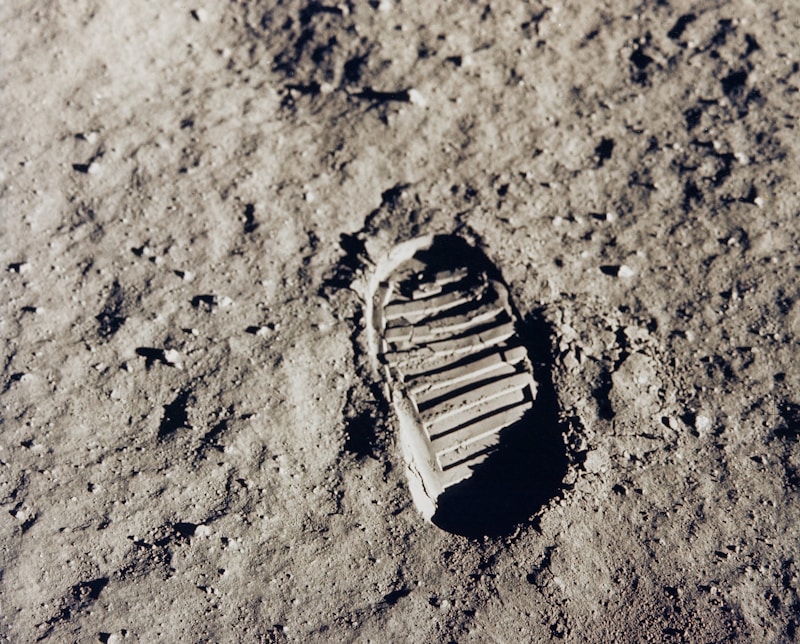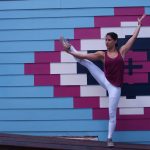“Savasana is a link connecting the body and the mind; it connects asana and pranayama and leads one to the spiritual path.” ~ Geeta Iyengar
Savasana, or corpse pose, is the final pose of most yoga lessons. For most of us it’s a welcome rest at the end of a strenuous workout, but it’s also very easy to skip it when we’re trying to fit in a yoga practice at home. Find out why it’s worth adding that extra five minutes to your practice, because there’s much more to this apparently simple pose than meets the eye.
Medical Inquiries into Savasana
Two relatively recent studies have looked into the physiological effects of practising savasana and have found that it’s beneficial for our hearts, our blood pressure and for keeping stress levels under control.
Research conducted at the Mysore Medical College in 2012 looked into the effect of yoga techniques, and savasana in particular on cardiovascular response (the increased flow of blood to the exercising muscles) in young healthy volunteers. What they found was that savasana is the perfect balance to the benefits of the yoga asanas.
In yoga, physical postures and breathing exercises improve muscle strength, flexibility, blood circulation and oxygen uptake as well as hormone function. In addition, the relaxation induced by shavasana [sic] and meditation helps to stabilize the autonomic nervous system with a tendency towards parasympathetic dominance.
~ National Journal of Basic Medical Sciences
The Permanent State of Fight or Flight
To paraphrase the above, our autonomic nervous system is the part of our nervous system that controls involuntary actions, such as the beating of our heart and the widening or narrowing of blood vessels.
The sympathetic and the parasympathetic systems are subdivisions of the autonomic nervous system. They are the balancing act that ensures we have just the right amount of stress to function optimally in our lives. The sympathetic system is what switches on when a threat to our existence means that we need to react quickly with the fight or flight response, the parasympathetic system is in charge of involuntary responses to do with the ‘resting’ parts of our survival (ie ‘rest and digest’ or ‘feed and breed’).
They are a perfect partnership, but problems start to arise when the sympathetic nervous system stays switched on for too long. When we are stressed at work, or rushing from one thing to the next, our bodies use our sympathetic nervous system to keep our adrenaline flowing, the heart pumping and our wits about us. In the end, this heightened nervous state starts to degrade our health and we begin to suffer from stress-related illness, low immunity and so on.
See Also: 5 Ways To Manage Daily Stress — From The Professionals
Learning to Switch Off
We need to find a way to tune back into a secure, resting state in which the heartbeat slows down, the digestion works optimally and we relax in bed at night — switching over to our parasympathetic nervous system. Another piece of research shows how savasana can help:
Savasana can enhance the parasympathetic activity, blunt the sympathetic activity and reduce the load on [the] heart… It enables us to absorb and overcome the debilitating effects of everyday hassles, stress, anxiety and hypertension.’
~ Medical Express
See Also: Has Our Generation Forgotten How To Rest?
Better Than Sex?
So how does savasana work its magic when, for all intents and purposes, it’s just lying still on a mat?
“The more the parasympathetic is practiced, the deeper you may dive into sympathetic and parasympathetic responses and you can eventually possess control over their use.”
~ Medical Express
Savasana (and to some extent, meditation) is unique in the way that it allows the body to release tensions and slow the heartbeat, while in a waking state. The key is the frequency with which savasana is practiced, because unless we repeatedly experience the parasympathetic state while awake, our bodies get out of the habit of reverting to this quieter state.
Feminist author Naomi Woolf likens meditation to the sense of connectedness with the world that can be experienced post-orgasm. She explains that you can only reach an orgasm through almost complete parasympathetic dominance, the “vigilance center” (i.e. the sympathetic nervous system) is shut off:
”In orgasm…you get to just be in the experience of feeling – which involves the limbic system (which is highly activated not only in orgasm, but also in meditation practice states).”
Another extremely good argument to practice savasana!
What the Gurus Say
The scientists are in fact just reiterating what experienced yogis have been telling us anyway for a long time.
“Most difficult for students,” says Sri K. Pattabhi Jois, the founding father of Ashtanga yoga, “not waking, not sleeping.” Savasana is difficult because we’re used to running around with lists in our heads, trying to fend off the ever-imminent threats of failure, being late, being bad at our job and so on. Just because the threats have changed doesn’t mean that the way our bodies respond has. We need to re-train ourselves to enter a state of true rest, what K. Pattabhi Jois refers to as “taking rest.”
In Ashtanga Yoga: Practice & Philosophy, experienced Ashtanga yoga teacher and author, Gregor Maehle, writes: “During the practice we are absorbed with doing; in savasana it is time to established in non-doing, time to simply be. The mystical state that is the goal of yoga cannot be reached through activity: instead it arises through the cessation of all activity. This cessation is allowed during savasana.” Meanwhile, Geeta Iyengar, in Yoga, A Gem for Women neatly describes savasana as “re-charging the battery of a car.”
Savasana for Life, Not Just Yoga
The active part of yoga is important. It exercises our bodies, it stretches our muscles and tendons, it refreshes the circulation and moves the lymphatic fluids around the body. But savasana is just as important – Gregor Maehle again:
“Savasana is an intrinsic part of yoga practice. Through the practice we heat and purify the gross (physical) body and the subtle (energetic) body. After practice, the body needs time to cool and settle. To jump up immediately and commence our daily pursuits can make one agitated and nervous. The calming, centering soothing effect of yoga practice can only arise when proper rest is taken afterward.”
It is also a metaphor that we need to take into our lives. The busy, energetic parts of our life need to be balanced with a ‘taking rest’ part. This is not a luxury, or an admission of failure, but a way to live our lives in a calm, measured and fulfilling way.












